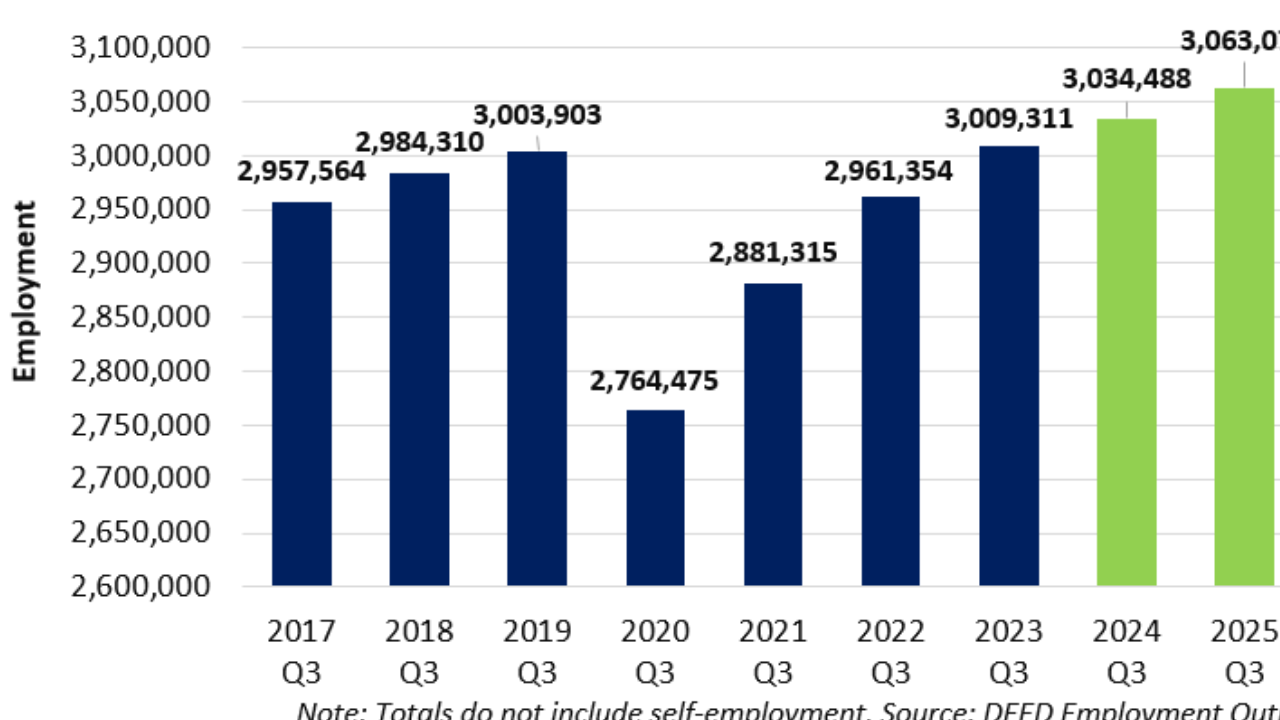Public employee compensation reflects community priorities, resource distribution, and governmental transparency. For residents, taxpayers, and policymakers in Scott County, Minnesota, understanding Scott County MN employee salaries is key to informed civic engagement. How competitive are these salaries? What trends are emerging? How do they compare regionally, and what factors drive them? This analysis explores the data to uncover how the county compensates its workforce.
Why Transparency Matters: The Foundation of Public Trust
Salary transparency in government isn’t just a best practice—it’s often a legal requirement. In Minnesota, public records laws ensure that taxpayer-funded compensation remains accessible. Platforms like the Minnesota Open Checkbook and Scott County’s financial transparency portals publish detailed payroll data.
Transparency serves vital purposes:
- Accountability: Taxpayers understand how funds are spent.
- Informed Policy: Advocates and researchers analyze pay equity and workforce trends.
- Market Awareness: HR professionals gauge competitiveness.
- Public Trust: Transparency builds confidence in government.
Accessible data on Scott County MN employee salaries empowers residents to participate meaningfully in budget discussions.
Scott County: A Growing Community and Its Workforce
Located southwest of the Twin Cities, Scott County is among Minnesota’s fastest-growing counties. The government employs approximately 800–1,000 full-time equivalent (FTE) staff across several departments, including:
- Public Safety: Sheriff’s Office, Emergency Management
- Public Works: Transportation, Parks, Water Management
- Health & Human Services: Public Health, Social Work
- Administration: Finance, IT, Human Resources
- Community Services: Libraries, Veterans Services
- Support Roles: Maintenance, Clerical, Records
A growing population demands high-quality public services, making it critical to understand the compensation structure behind this operation.
A Deep Dive into Scott County MN Employee Salaries
Reviewing recent years of salary data reveals key patterns:
- Moderate Yearly Increases: Salaries typically increase 2.5–4.0% annually, influenced by inflation, COLAs, and union agreements. Larger increases often result from promotions or step advances.
- Departmental Disparities:
- Top Earners: Sheriff’s Command Staff and senior attorneys
- Mid-Range: Engineers, public health nurses, and social workers
- Lower Range: Clerical and maintenance staff—still above minimum wage with benefits
- Top Earners: Sheriff’s Command Staff and senior attorneys
- Impact of Overtime: Especially in Corrections and Public Safety, overtime can significantly increase total annual compensation.
- Equity Trends: Initial reviews show many lower-paying support roles are filled by women, while higher-paying technical or leadership roles skew differently.
- Pandemic Effects: The 2020–2022 period heightened workload in essential departments but limited salary growth due to economic uncertainty.
Illustrative Table: Hypothetical Salary Ranges by Department
| Department | Sample Roles | Estimated Base Salary Range | Key Factors |
| Sheriff’s Office | Sheriff, Captain, Deputy | $60,000 – $150,000+ | Overtime, certifications, seniority |
| County Attorney | County Attorney, Assistant Attorney | $80,000 – $180,000+ | Experience, legal specialization |
| Public Works | Engineer, Project Manager, Technician | $55,000 – $130,000+ | Licenses, project complexity, tenure |
| Health & Human Services | Social Worker, Nurse | $50,000 – $100,000+ | Credentials, caseload complexity |
| Administration | Department Director, IT, HR | $45,000 – $130,000+ | Strategic responsibilities, tech skills |
| Community Services | Librarian, Parks Supervisor | $40,000 – $90,000+ | Education, supervisory roles |
| General Support | Maintenance, Admin Assistant | $35,000 – $60,000+ | Union scales, years of service |
What Shapes Scott County MN Employee Salaries?
Several key influences determine compensation:
- Collective Bargaining Agreements (CBAs): Define pay structures, step increases, COLAs, and benefits.
- Job Classification System: Roles are assigned to grades with set salary ranges.
- Step Progression: Employees typically advance through pay steps based on tenure.
- Performance Metrics: Some roles offer bonuses or merit pay for high achievement.
- Certifications & Education: Advanced credentials often command higher salaries.
- County Budget: Salaries are tied to available tax revenue and funding.
- Market Competitiveness: Scott County must offer attractive compensation to retain skilled professionals.
How Scott County Compares Regionally
Putting Scott County MN employee salaries in regional perspective:
- Regionally Competitive: Generally better than rural counties like Le Sueur or Rice, but not as high as metro counties like Hennepin or Ramsey.
- Cost of Living: Scott County traditionally had more affordable housing, though recent price increases have narrowed the gap.
- Role-Specific Gaps: Law enforcement pay is strong regionally, while specialized technical roles face stiff private sector competition.
- State Benchmarks: Compensation aligns closely with state roles in similar classifications.
Public Perception and Policy Debates
Discussions surrounding Scott County MN employee salaries often focus on:
- Taxpayer Value: Are services delivered worth the cost?
- Budget Priorities: Salaries make up a significant portion of the operating budget.
- Retention Challenges: Competitive wages are critical for attracting and retaining talent.
- Union Negotiations: These drive the most visible shifts in salary structures.
- County Board Oversight: Commissioners approve salaries, budgets, and contract terms.
Looking Ahead: Future Salary Trends
Several developments will influence future compensation:
- Hiring Challenges: Continued pressure to fill essential roles (nurses, social workers, IT).
- Fiscal Limits: Inflation and tight budgets may slow salary growth.
- Workforce Shifts: Flexible work, benefits, and culture matter more than ever.
- Performance-Based Models: Merit systems may become more prominent, especially for leadership.
- Technology Impact: Automation may reduce demand in some roles and increase others.
- Equity and Access: Continued review of Scott County MN employee salaries will support fair, transparent compensation systems.
Conclusion: Transparency and Informed Discourse
The dynamics of Scott County MN employee salaries reflect broader trends in labor markets, union agreements, and public service demands. Public safety dominates the highest salary bands, while overall pay increases remain tied to structured systems.
Transparency is essential. It allows citizens to see where tax dollars go, promotes fair compensation, and empowers local engagement. Scott County’s effort to make salary data publicly accessible is a model of good governance.
As Scott County grows, its salary policies must adapt. Informed residents, responsive leadership, and strategic compensation planning will ensure that public service remains both effective and equitable.
FAQs: Scott County MN Employee Salaries
Q: How can I find the most up-to-date salary information?
A: Visit the Minnesota Open Checkbook or Scott County’s own financial transparency portal under its Finance or Administration section.
Q: Are county salaries negotiated or fixed?
A: Union salaries are negotiated through CBAs. Non-union positions follow county salary grades approved by the County Board.
Q: Who earns the most in Scott County?
A: Typically, the County Sheriff, senior law enforcement officers, the County Attorney, and department directors.
Q: Why is transparency in public pay important?
A: It promotes accountability, supports budget oversight, enables equity reviews, and ensures competitive hiring.






